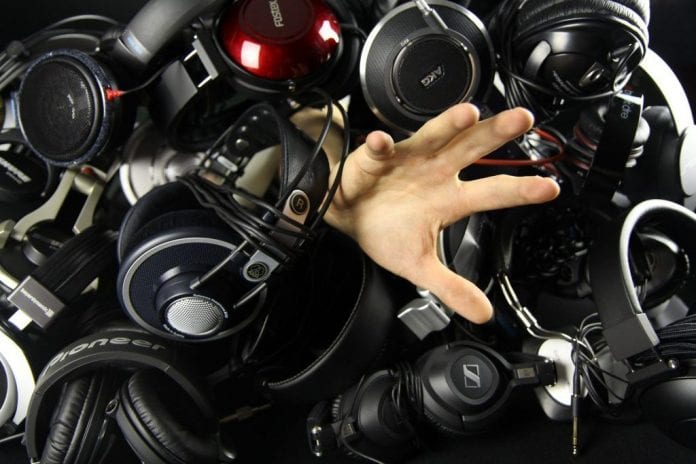Quite often, reading about the headphones, you can stumble upon such a phrase as “Monitor Headphones.” Sometime, the word “Pro” may be present in the name of the model, which is perceived by many as a quality mark of them. Is this really so and what does the word “Professional” mean?
What are the monitors?
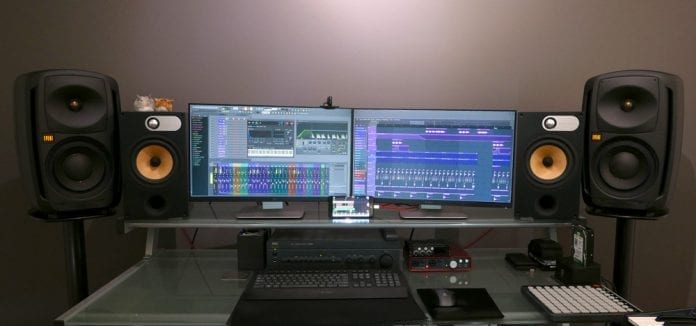
When musicians perform on a stage, especially on a large one, monitors (speakers) are always set in front of them, looking at them. These are things that rock musicians love to step their foot on for more solidity.
These speakers are called monitors, and they are needed for musicians to hear and control the sounds they make.
The concept comes from the word “to monitor” – to control. When it comes to headphones, monitoring means controlling sound during music recording, processing, mixing.
Such ones are intended for sound engineers and other professions whose activities are inextricably linked with the recording and processing of music and sound. That is why you can see the word “Professional” written on some of them. Since they are most often used in studios, another name got attached to them – studio headphones.
But it is not enough to bare a proud name “Professional” written on the box to be real Studio Monitor Headphones. They must have certain qualities that distinguish them from everyday music listening or gaming headphones.
If you want a complete buying guide and reviews on the best studio headphones of today, just head over to Music Critic. You can definitely apply everything that you will learn from this article before deciding on your purchase.
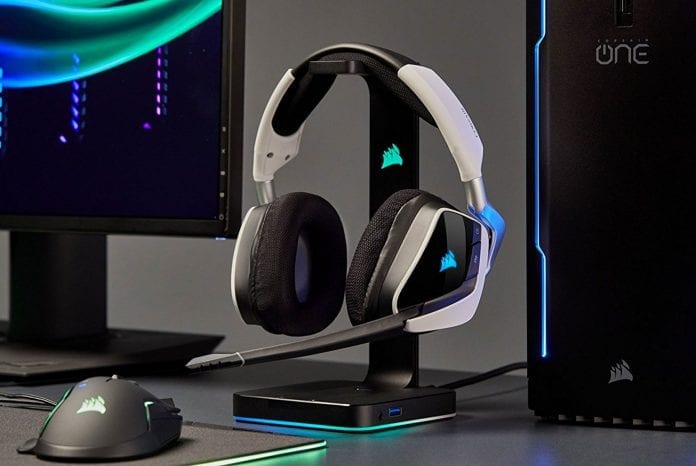
Linear frequency response
The best studio monitor headphones should have a linear frequency response. This is a very important factor when processing sound. They should not “color” the sound.
Imagine that when recording, headphones are used, in which low frequencies are slightly lowered. As a result, the sound engineer will add more bass when processing recordings. But not all listeners use exactly the same headphones. As a result, for those listeners who have slightly raised low frequencies, the bass will be abundant and will probably even buzz.
In general, good manufacturers of audio equipment always try to ensure that their audio devices have a linear frequency response. However, for many headphones, their sound gets often colored, raising the low and high frequencies. This is done to please the average user.
Also, most smartphones substantially change the sound using various software enhancers. A set of Apple headphones is a good example of a bright sound that is familiar to everyone.
For this reason, if you use studio monitor headphones for everyday music listening, it may seem boring and kind of “sterile.” There is no need to expect hollowing bass or treble. You will get exactly as much of them as the sound engineer planned.
It would also seem that the middle range is highlighted because the middle range is the most vivid audio part for humans. In addition, in many studio monitor headphones, the mids are raised a bit on purpose for the convenience of working with vocals. The vocals, guitar and some acoustic instruments will be slightly highlighted.
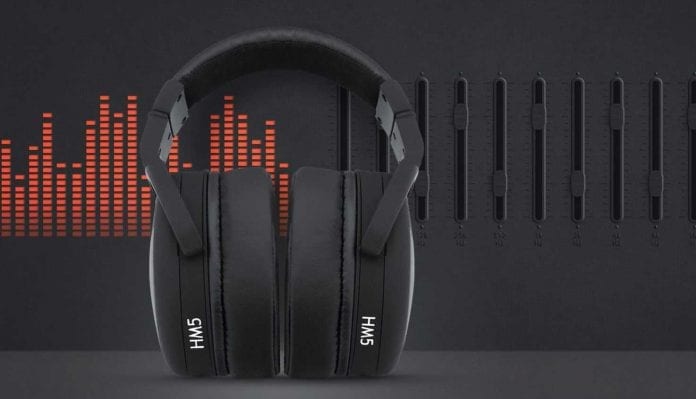
Low sensitivity, resistance
The designers of the studio monitor headphones do not have the task of providing high sensitivity. When recording, stationary amplifiers are used that have sufficient power. Because of this, for the maximum performance of studio monitor headphones, a good-quality amplifier is needed that can provide sufficient power.
This is especially true for low frequencies. In any case, a regular smartphone will not be able to reflect all the power of studio monitor headphones. For portable use, this problem is solved by purchasing an additional portable amplifier.
Studio headphones often have a resistance of 250 ohms, which is almost seven times more than the standard resistance value of household headphones (32 ohms.)
Having a higher resistance, you can get better sound. Some manufacturers have two versions of the same model of headphones, differing only in resistance.
To get the most of the headphones with high resistance, it is necessary that the amplifier could provide sufficient output voltage. Most portable devices are powered by batteries with a voltage of 3.6 volts. Accordingly, they cannot provide a voltage higher than that.
Studio monitor headphones construction
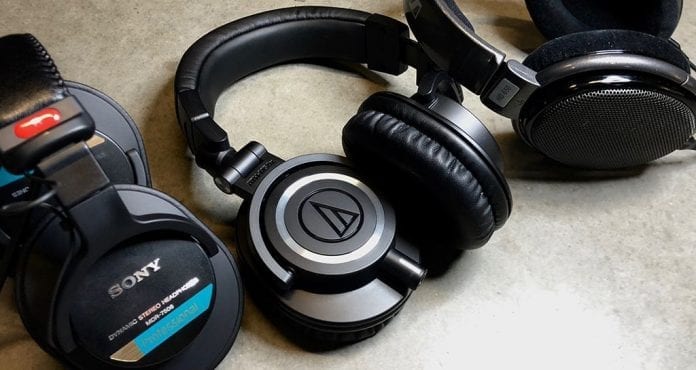
As a rule, studio monitor headphones are full-sized; that is, they cover your ears completely. You can easily sit for several hours listening to music, experiencing no discomfort. But the Monitor concept does not require them to be full-sized, some of them are earbuds.
Professional headphones can have both a closed and an open design. If the headphones are used to listen to music by vocalists when recording vocals, then they should definitely have a closed design. Otherwise, the microphone will pick up their sound.
Some sound engineers in the studio may prefer an open design because it better conveys the depth and width of the scene.
Price
As a rule, studio monitor headphones are rather costly. This is quite understandable as manufacturers have to spend a lot of time researching and employing complex, expensive technical solutions to achieve the desired characteristics.
An example of costly technology is the platinum coating on the inner side of the central part of the speaker diffuser to give it more elasticity and strength.
Another example – the Sennheiser HD 380 Pro model has a rather sophisticated sound system, meticulously designed by German engineers, thanks to which a linear frequency response is obtained.
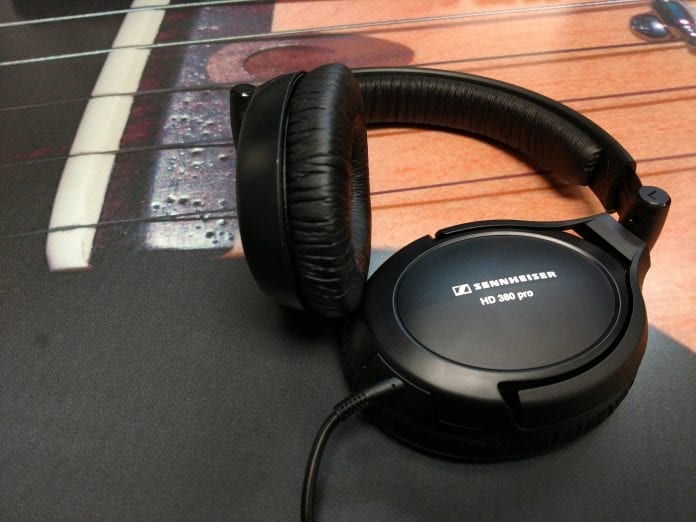
However, the complicated design and long research do not always lead to a significant increase in sound. And a brand with marketing expenses has a strong influence on the price tag too.
Here you can have an alternative – little-known Chinese companies that specialize in producing high-quality audio equipment. Chinese engineers take studio headphones of famous brands and create their own models that are as close as possible to the characteristics of the original models. The price tag is reduced by 3-5 times.
Conclusion
Ordinary home users who can pay the required amount, may go and buy professional headphones. One way or another, for such headphones, a high-quality signal source is required. The cost of which will be comparable with the cost of themselves or even exceed it.
In any case, the choice is always yours. If you decide to buy studio monitor headphones, then it is better to find a suitable device to go with them. When searching for “your own sound,” it is good to read reviews like the ones offered by TalkinMusic.com.
